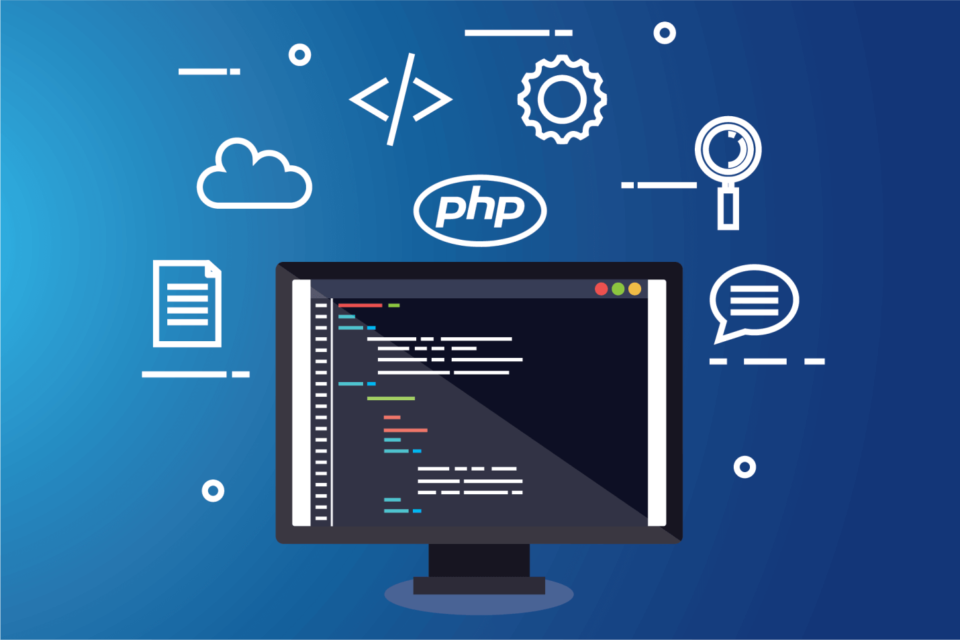Schools now depend heavily on content filtering technologies to establish a secure and effective online learning environment. They take precautions to prevent children from accessing unsuitable websites when using their computers, networks, and other digital infrastructure.
However, to fully reap the rewards of school internet filtering software, deployment, and administration are essential. Therefore, supervisors can stop minors from accessing improper content while still having enough power to prevent limiting access to vital educational experiences by investing in necessary tools and setting up reasonable filters.
Here, we’ll look at eight essential tactics that educational institutions can utilize to make good use of content-filtering software.
1: Depending on the age group and situation, adjust content control regulations
The level of internet safety needed for a second-grader is very different from that of a high-schooler who is about to enter adulthood; therefore, internet content restriction is not a one-size-fits-all solution.
The school’s internet control policy must change as pupils grow and improve their digital literacy. When schools implement an internet filter, they should make sure that administrators have the option to implement specific content restriction regulations based on students’ grades, course material, and in and out-of-class time.
A rigid online filter will only aggravate both kids and teachers because each of these circumstances calls for particular considerations.
2: Choose the appropriate technology
Think about whether your filter should be accessible on district-owned devices that students bring from home or if it should only be required to operate on campus. For instance, many 1-to-1 schools that permit students to take gadgets home include a filter that monitors users while they are on campus and laptop software that directs users back to the on-campus filter while they are off campus.
Human staff members rather than automatic systems validate new URLs since people can be more dependable in detecting site content. Aso, can handle SSL decryption since many sites, including Google, communicate only using SSL.
3: Educating Students on Digital Citizenship
Comprehensive digital citizenship education is necessary to support content-filtering software in schools. Schools can instruct students on ethical online conduct, critical thinking, information literacy, and controlling digital footprints by incorporating a digital citizenship curriculum.
Digital citizenship instruction teaches children how to use the internet securely and responsibly while content screening aids in blocking unwanted content. Schools can guarantee children are safe and successful in the digital age by implementing both tactics.
4: Frequent Monitoring of the Content Filtering Records
All tries to access restricted websites are recorded by content-filtering software. By keeping an eye on these logs, schools can spot any software issues, such as websites that are being blocked that shouldn’t be or pupils who can get through the filters.
Schools may find trends in student conduct by keeping an eye on the logs. For instance, if a lot of kids are trying to access a certain website, that may indicate that the website is hosting inappropriate content.
5: Keeping the Software up to Date
Due to frequent internet changes, everyone needs to be aware of new hazards that can raise. So, it’s critical to maintain content filtering software updated to ensure its efficacy. Blacklists and whitelists that are used to ban and allow websites, as well as the program itself, must all be updated.
Lists of websites that are known to have inappropriate content are found on blacklists. Lists of websites that are permitted to be accessed are found in whitelists. Schools can protect their children from the most recent hazards by maintaining these lists up to date.
6: Work together with guardians and parents
The efficiency of content screening depends on parental and guardian participation. Parents should receive regular updates from schools regarding the filtering policies, the thinking behind them, and the measures implemented to maintain online safety.
Supporting safe internet use at home with resources and advice can strengthen the partnership between families and schools.
7: Alternate Access to Educational Content is Provided
It is necessary to make sure that educational resources are available even though content screening is crucial for keeping a secure online environment. Schools should look into options for offering alternate access to restricted content that is deemed suitable and educational.
When accessing genuine educational information, this may entail whitelisting particular websites or utilizing bypass techniques for authenticated users.
Final Conclusion
By implementing these techniques, educational institutions can maximize the benefits of content-filtering software and establish a secure and effective online learning environment.
Schools can make sure that content filtering software is used effectively to safeguard students, promote responsible digital citizenship, and improve the overall educational experience by developing a thorough filtering policy, routinely reviewing settings, providing clear guidelines, customizing access, educating students, working with parents, and conducting regular evaluations.

